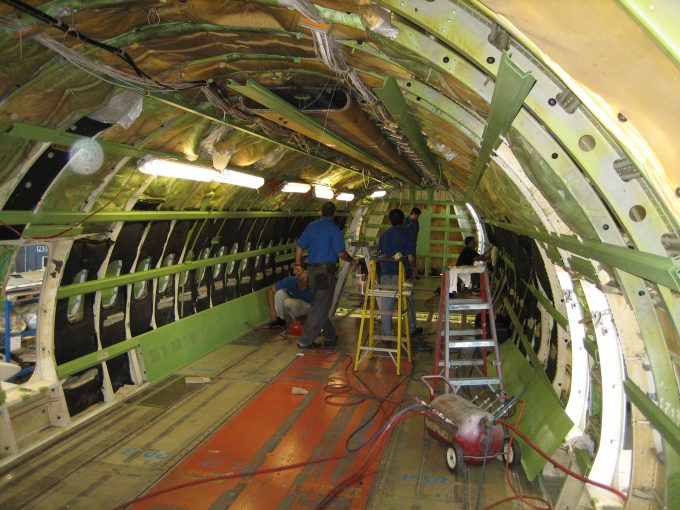Business case for commercial use of the Beluga 'was not there', says Airbus
Airbus has taken the “reluctant” decision to axe the commercialisation of its heavylift Beluga aircraft, ...

Boeing wants to turn more used passenger planes into freighters, but supply chain issues could impede those ambitions.
Over the course of the pandemic Boeing has drastically ramped up its freighter conversion programme. Since March 2020 the number of conversion lines it is running globally has ...

Comment on this article